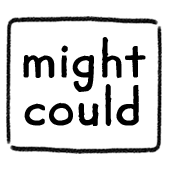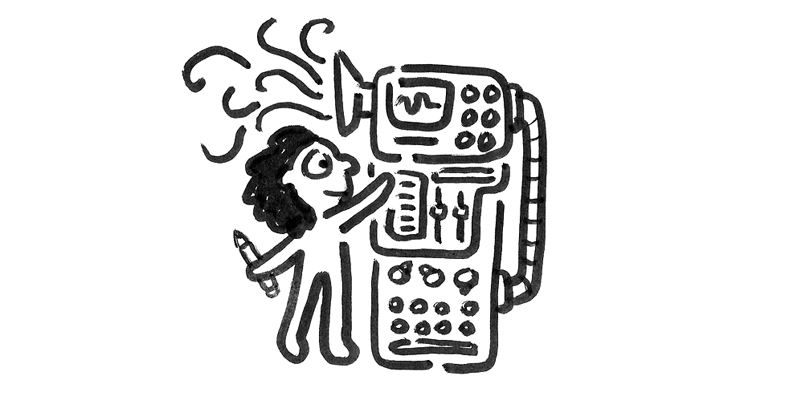Last week I wrote about the Japanese philosophy wabi-sabi, and how I try to keep those ideals in mind when I draw. I described my personal wabi-sabi art philosophy as “…an acceptance and comfort with the journey, a patience with the process, and an appreciation for the present moment.”
In the essay, I was careful to point out: “This state of mind is not about lack of ambition, or laziness, or giving up.”
But how can we be comfortable with where we are in our artistic journey and still reach forward? How can we accept the art we create today, and still strive to improve our skills? How can we appreciate the present moment, and still grow and evolve as artists?
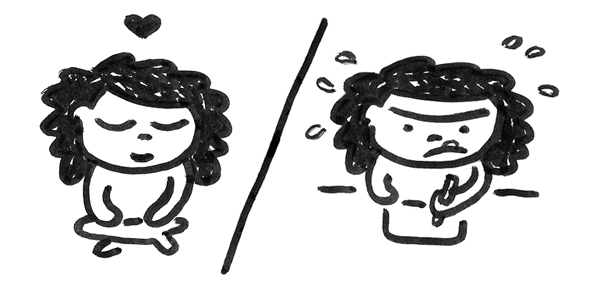
We don’t want to be consumed with perfection and ever-out-of-reach-growth, but we also don’t want to become stagnant and complacent. How do we balance our need for both comfort and growth? How can we have contentment and improvement?
Sol LeWitt, an artist who created drawings, paintings, and sculptures, often wrote letters back and forth with his friend Eva Hesse, a sculptor. Eva would often write to Sol about her struggle with all the usual fears art making involves: thinking your work is terrible, thinking you should redo a piece again, thinking you’re unworthy of being called an artist, thinking what others might think, and thinking you should quit making art completely.
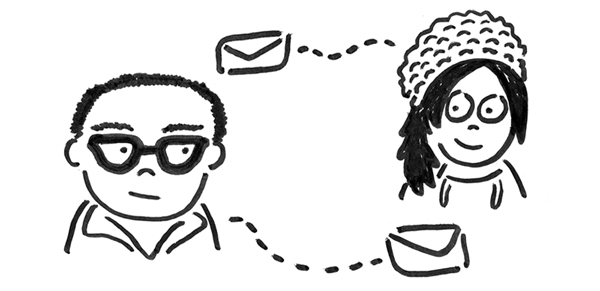
There was one response from Sol, collected in the book, Letters of Note: An Eclectic Collection of Correspondence Deserving of a Wider Audience that touches on this balance of comfort and growth. His response is full of inspiration and motivation, and I’ve compiled a list of ten things we can learn from his brilliant letter.
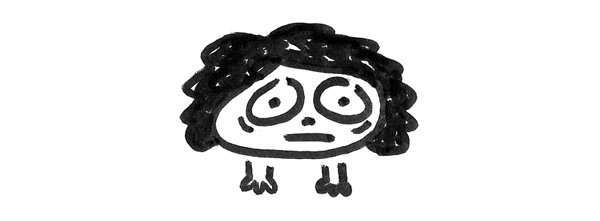
1. Stop it, and just do
Within the first two sentences of his letter, Sol calls Eva out, point-blank:
“Dear Eva,
It will be almost a month since you wrote to me and you have possibly forgotten your state of mind (I doubt it though). You seem the same as always, and being you, hate every minute of it. Don’t!”
He begins his letter with a little tough love, letting her know she’s falling into the same overthinking mindset she has in the past, and reminding her in a subtle way that maybe it’s within her control to change. He then gets more specific:
“Just stop thinking, worrying, looking over your shoulder, wondering, doubting, fearing, hurting, hoping for some easy way out, struggling, grasping, confusing, itching, scratching, mumbling, bumbling, grumbling, humbling, stumbling…
Stop it and just DO.”
2. Make your own world
Sol then quotes Eva’s own letter back to her, when she said she was, “Drawing—clean—clear but crazy like machines, larger and bolder… real nonsense.” He whole-heartedly encourages her to keep following that path down the rabbit hole.
“That sounds fine, wonderful—real nonsense. Do more. More nonsensical, more crazy… make them abound with nonsense.”
He can tell Eva is on the cusp of something original, and that she enjoyed creating these “nonsense” drawings, but he also sees her internally struggling with whether they’re worth making or not. He hears her overthinking it, and is pushing her to just let what’s inside her come out. Dive in, do more, and see where it goes.
“You belong in the most secret part of you. Don’t worry about cool, make your own uncool. Make your own, your own world.”
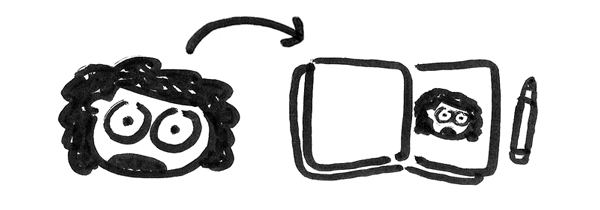
3. Make fear work for you
Sol gives Eva a priceless tip for when she feels like she just can’t get over the constant anxiety and worry:
“If you fear, make it work for you—draw & paint your fear & anxiety.”
This is an amazing technique for getting over any anxiety blocking our art making, and similar to the trick I wrote about in a previous essay, Drawing for Grumps:
“I have a little trick that works like a charm every single time, and I’d love to share it with you so you can start using it to make yourself draw even when you feel like a big grump like me! Here it is: When I really don’t want to draw because I’m feeling grumpy and foggy… THAT’S what I draw! I draw that grumpy, foggy state.”
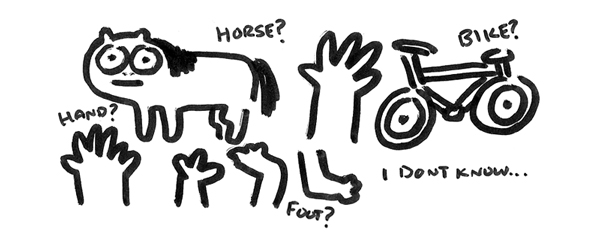
4. Relax and do some bad work
Sol recognizes that one of Eva’s biggest worries revolves around perfection, and trying to force an outcome with her art and her artistic journey.
“And stop worrying about big, deep things such as “to decide on a purpose and way of life, a consistent approach to even some impossible end or even an imagined end.” You must practice being stupid, dumb, unthinking, empty. Then you will be able to DO.”
He advises her to not intellectualize this ideal, perfect future in her head before she begins working. Instead, start out with a blank, open mind which will let the thoughts, ideas, and marks from deep inside you come through.
“Try to do some BAD work—the worst you can think of and see what happens but mainly relax and let everything go to hell—you are not responsible for the world—you are only responsible for your work—so DO IT.”
Instead of aiming for perfection, he tells her to embrace the bad drawings, even aim for bad drawings. Drawing bad drawings is better than not drawing at all.
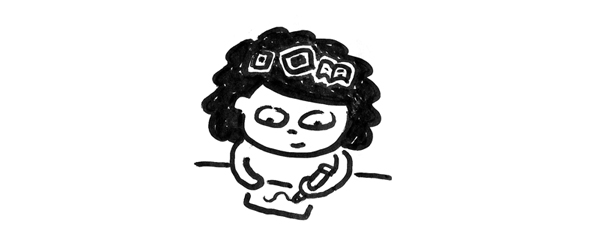
5. Your work can be anything you want it to be
As a part of her focus on perfection, Sol can tell that Eva is getting distracted by notions of what she thinks she should be doing instead of what she is doing.
“And don’t think that your work has to conform to any preconceived form, idea or flavor. It can be anything you want it to be.”
She’s creating these weird, nonsensical drawings that she likes and enjoys making, but she’s convinced herself that they aren’t right. Sol pushes her back to a path of freedom and open-mindedness to create the work that’s coming to her intuitively.
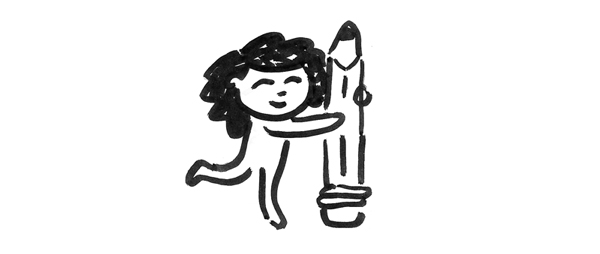
6. Have the confidence just to do the stuff
Sol goes on the acknowledge that sometimes being critical can be positive and help push our art forward, but that it’s also a harmful process and isn’t always necessary.
“Maybe you need your agony to accomplish what you do. And maybe it goads you on to do better. But it is very painful I know. It would be better if you had the confidence just to do the stuff and not even think about it.”
It’s a myth that we must be struggling artists and emotional wrecks to create good art. I believe we can create more art, and more art that feels like our art if we’re able to not overthink things, and instead let our inner confidence take over.

7. Quit fondling your ego
The most important part of our art is the process, not the final product or what people think of it. The only reason we care what other people think is because of our ego. Eva was concerned about where her art was going and whether the art world would still be interested, and Sol calls her out again:
“Can’t you leave the “world” and “ART” alone and also quit fondling your ego.”
We need to remove our big head from the equation and try not to care what other people want, like, or think. Wanting others to like our art is just stroking our ego and making us overthink the process, blocking our creativity.

8. After you do something it is done and that’s that
Sol then introduces a thought that goes hand-in-hand with the concept of impermanence from wabi-sabi, and is a huge benefit of keeping a sketchbook.
“But when you work or before your work you have to empty your mind and concentrate on what you are doing. After you do something it is done and that’s that.”
We need to approach our art with a clear mind, and then release it afterwards. It’s good to notice and learn from our mistakes and weaknesses, but we could spend forever tweaking, overthinking, and perfecting every line and every drawing. We have to move on to the next piece, and not get fixated on one. It’s done and that’s that.
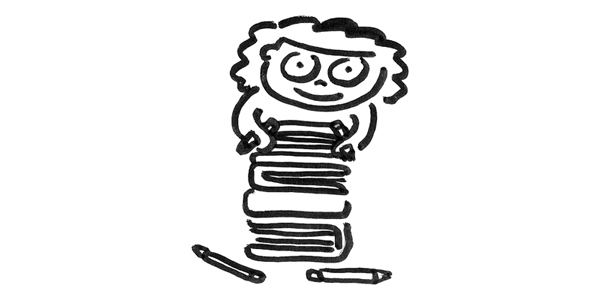
9. Notice what direction you’re going
The more art we make and the more drawings we draw, the more we begin to see patterns in our work. So gently reminds Eva that she has to notice those patterns as they appear:
“After a while you can see some are better than others but also you can see what direction you are going. I’m sure you know all that.”
Looking back at our body of work (whether it’s a series of paintings, a sketchbook, or an instagram hashtag), elements will begin to appear, repeat, and connect. We have to pay attention to those patterns, listen to them, and let them lead us down different paths. We have to follow the direction our work tells us to go.

10. Believe in yourself
This is the most important element in an artist’s journey, and the biggest takeaway of Sol’s letter to Eva:
“You also must believe in your ability. I think you do. So try the most outrageous things you can—shock yourself. You have at your power the ability to do anything.
Much love to you both.
Sol”
It will be easier to not overthink our work, and easier to let out our natural tendencies, and create our deepest, most true-to-us work, if we can believe in ourselves and our ability to just do.
Sol believes in Eva, and I believe in you.
Do you believe in yourself?
P.S. I also found this video of Benedict Cumberbatch reading the full letter from Sol to Eva, and it is so AMAZING creative motivation! Check it out:
